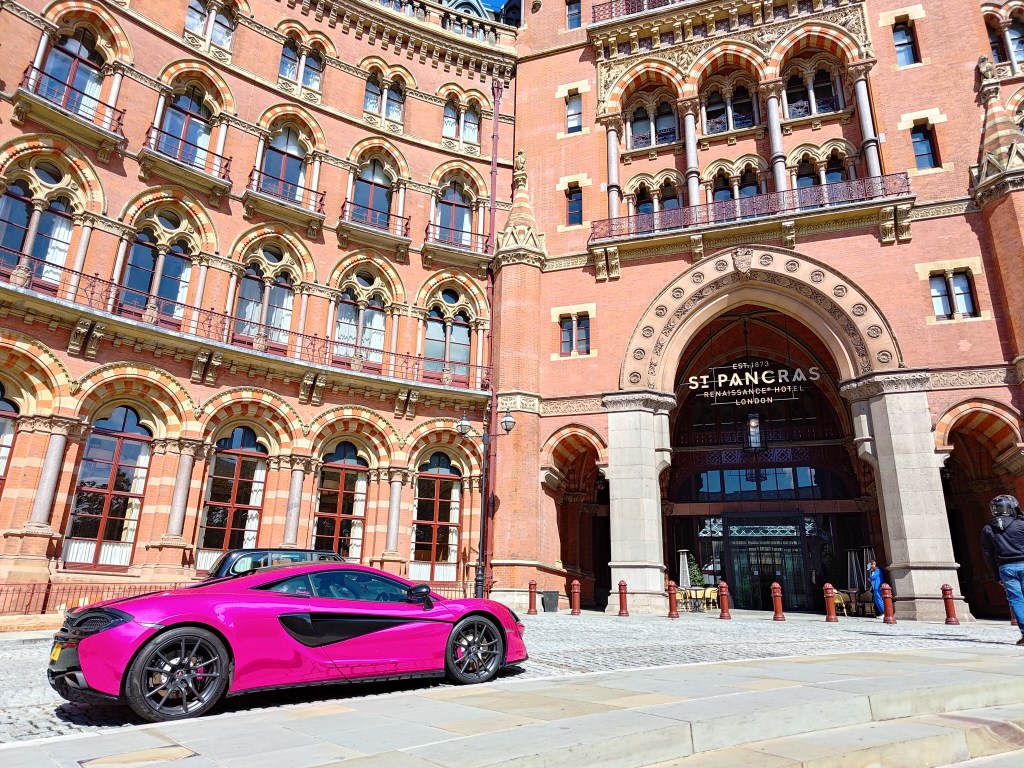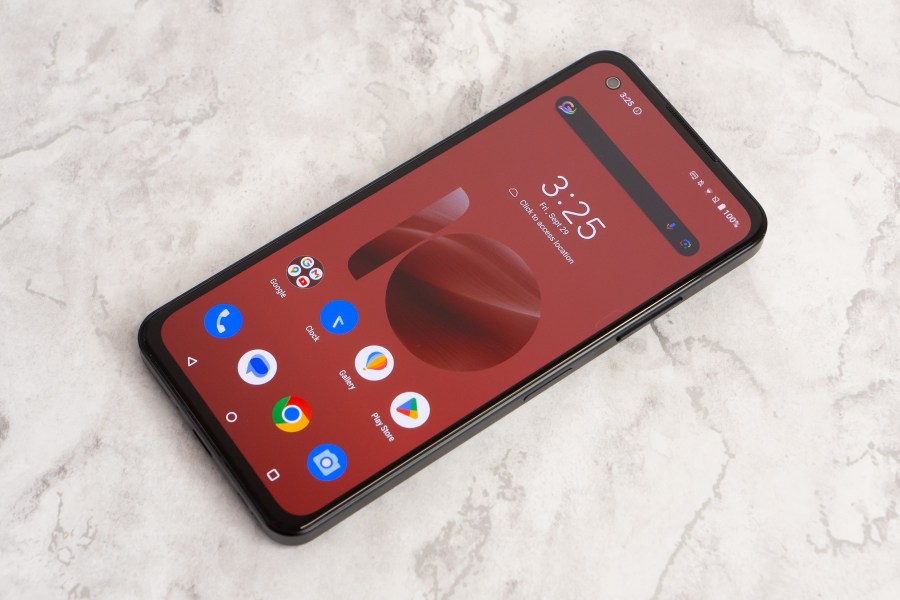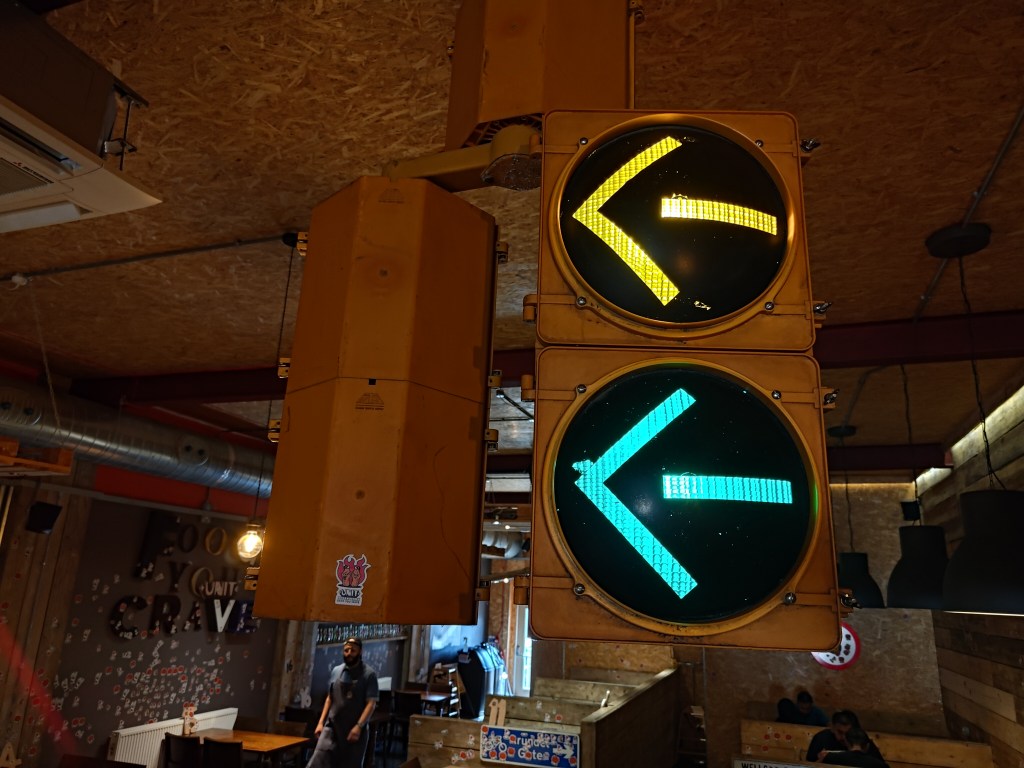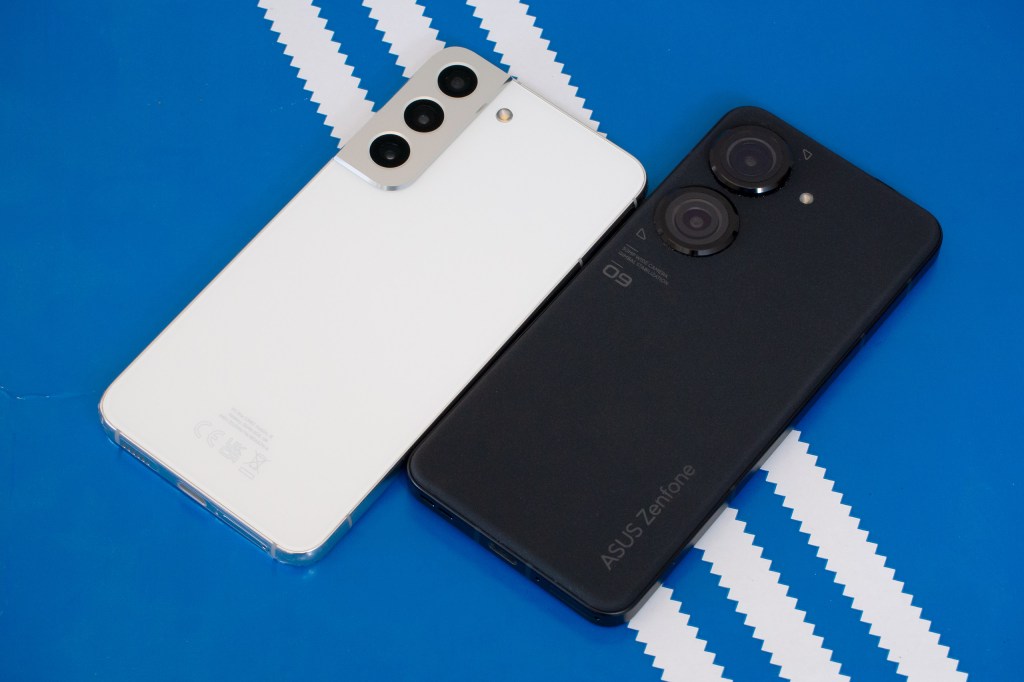The ASUS Zenfone 10 is a compact smartphone with premium features, with a dual-camera setup, and flagship processor. If you’re in the market for a compact phone with a headphone socket, and don’t want to pay premium phone prices, then the Zenfone 10 could be for you.
The Zenfone 10 is roughly $699 / £719, less than most flagship phones, but is it a good buy, particularly if you’re interested in photography?
Asus Zenfone 10 Key Features
- 50MP wide-angle, f/1.9, Sony IMX766, 6-axis, PDAF
- 13MP ultra-wide-angle f/2.2 fixed focus
- 32MP f/2.2 selfie cameras, fixed focus, FullHD video
- 6-Axis Hybrid “Gimbal” stabilisation (photo/video, main camera)
- 5.9inch AMOLED HDR10+ screen, 144Hz, Gorilla Glass Victus
- 4300mAh battery
- 8GB/256GB ram/storage (16GB/512GB options available)
- Android 13 / Snapdragon 8 Gen2 / 5G
- 146.5 x 68.1 x 9.4mm, 172g weight
Asus Zenfone 10 Features
We review smartphones from the perspective of choosing a smartphone for it’s photography and camera performance, so we’ll be starting by looking at what the ASUS Zenfone 10 offers in terms of cameras and what features are included for photography and video.
So, how does the Asus Zenfone 10 compare to the Asus Zenfone 9?
The wide-angle camera remains the same, with a 50MP camera, an f/1.9 aperture, gimbal OIS (optical image stabilisation), PDAF (phase-detection auto-focus), a 24mm equivalent focal length, and a 1/1.56inch sensor. This Sony IMX766 Quad Bayer sensor uses pixel binning to produce 12.5MP images. This camera and features are the same on both the Zenfone 10 and 9.
However, the ultra-wide-angle camera on the 10 has been changed to a 13MP f/2.2 camera with fixed focus, and when compared to the 12MP f/2.2 camera on the Zenfone 9, with PDAF (PD Auto-focus), this is a backwards step, as there is no longer a 4cm macro mode. The ultra-wide-angle is slightly wider now at 12.5mm equivalent (in 35mm equivalent terms).
The selfie camera has been changed, with the Zenfone 10 now featuring a 32MP f/2.2 camera which uses pixel binning to give 8MP images, as well as Full HD video recording. This is another downgrade, compared to the 12MP f/2.5 camera on the Zenfone 10, which uses PDAF, and also gives 4K video recording.
Gone is the 4cm macro feature that the Zenfone 9 featured, gone is the auto-focus and 4K video recording on the selfie camera. Why these choices were made and implemented on the Zenfone 10 we may never now, but in the meantime, let’s find out how the cameras perform.
For those recording video you’re well catered for, the main camera offers the best video recording features with resolutions up to 8K (at 24fps with OIS + EIS). 4K video can be recorded at 60/30fps, again with OIS + EIS. When recording at a FullHD resolution, “HyperSteady” stabilisation becomes available, at 60/30fps. Slow motion video can be recorded at 120fps (4K), 240fps (FullHD), and 480fps (720p).
Photo features include a “Light Trail” mode, Night mode, Pro mode, Panorama, Portrait, Slow-motion and time-lapse modes. There’s also video, and Pro video modes. Light trail includes options for traffic trails (lights), light graffiti, waterfalls, flow of people, and star trails. Star trails can be set to a duration of 4.5hours! Long exposure photography is possible, with the camera allowing exposures up to 32 seconds.
The 5.9inch screen is an AMOLED unit (made by Samsung) with up to 144Hz refresh rate, 112% DCI-P3 (giving a wide colour gamut), HDR 10+, and a colour accuracy of Delta-E <1 (according to ASUS). The screen offers an always-on display as well as Corning Gorilla Glass Victus.
Despite the small size, there’s dual stereo speakers, as well as a headphone socket – an increasingly rare feature on modern smartphones.
Other features that belong on flagship smartphones, include Wi-Fi 6/6E, and Wi-Fi 7, 5G, NFC, and Bluetooth 5.3.
There’s a single LED flash, which can be used when needed to add extra light to the scene. The Asus Zenfone 10 comes with a 30W charger in the box, as well as a protective plastic case.
There’s a fingerprint sensor built-in to the power/unlock button, on the side of the phone, and in addition, the phone supports face recognition unlock.
The Zenfone 10 has good battery life for a compact phone. In fact, it’s got the almost the same battery power, at 4300mAh as the significantly larger Samsung Galaxy Note 20 Ultra – only beaten by 200mAh. This is more than the Samsung Galaxy S22 for example.
One thing that has been added to the Zenfone 10, and that was missing from the Asus Zenfone 9, is wireless charging, which is something you’ll find on most premium smartphones.
Asus Zenfone 10 Performance

Sample photo taken with the ASUS Zenfone 10. Pink McLaren outside St. Pancras – the colours a bit off in this photo, and it’s overexposed. Photo JW/AP
The main camera on the Zenfone 10 is the best of the bunch, and the images produced are generally good enough, when viewing them on their own, on-screen, however, when compared to other smartphones, the overall tone can seem a little cool or over-exposed resulting in a lack of detail. In fact this same shot taken by a much cheaper phone from Samsung was noticeably more detailed.

Ultra-wide-angle photo. Sheffield. Asus Zenfone 10 sample photo. Photo JW/AP
The ultra-wide angle camera gives reasonable results, with relatively little distortion. Colour is also reasonable, and looks fairly natural compared to some other phones. The lack of auto-focus is a shame.

Example of lens flare. Asus Zenfone 10 sample photo. Photo JW
The cameras are generally prone to lens flare even when the sun isn’t in the frame. It’s particularly noticeable on this phone, more so than others.

Chips – sometimes colour is good as shown in this photo. Asus Zenfone 10 sample photo. Photo JW
Whilst there is no dedicated telephoto camera, the camera offers a 2x digital zoom, and like other smartphones combines multiple shots which is supposed to offer improved detail. Results are reasonable, but not up there with other phones.

Nice close up, main camera. Asus Zenfone 10 sample photo. Photo JW
The main camera can give reasonable close-up photographs, but there is no macro mode available, and unlike the Zenfone 9, you can’t use the ultra-wide-angle camera to get any closer either.

Low-light shot. Asus Zenfone 10 sample photo. Photo JW
The Night mode kicks in automatically when the scene is dark enough, and results are quite good. A dedicated night mode can be found in the “MORE” section of the camera app, however, it’s a shame that the auto night mode isn’t setup to be quicker to access.
As mentioned, exposure can be a bit bright at times, and for this shot, exposure compensation was needed to get a correct exposure.
Using the “Light Trails” mode, you can select from a number of different long-exposure modes. One of these is called “Waterfalls” and is designed to let you take photos of moving water.

Selfie with background blur. Asus Zenfone 10 sample photo. Photo JW/AP
The selfie camera gives reasonable results, and as long as you don’t mind that it’s fixed focus, and only outputs 8MP images, it can give reasonable results, especially when light levels are good. Background blur is pleasing when using the portrait mode. In comparison however, the selfie camera on the Zenfone 9 is better, with AF and 4K video recording.
Video performance
Video stabilisation does a good job on standard settings, however, switch to HyperSteady, which is available at 1080P resolutions or lower, and the stabilisation levels kicks it up a notch to give very stable video footage. There’s also a Pro video mode that gives additional control over video, should this be of interest.
In this sample video, the focus seemed to struggle a little bit, but your results may vary, and the movement of the flowers in this video didn’t help. Lens flare is also an issue.
Value for Money
The Asus Zenfone 10 is available for around $699 / £719, or potentially less if you shop around, however, compared to the Asus Zenfone 9, which has better cameras, the 10 is not particularly good value for money. Especially when you look at competitors like the Samsung Galaxy S22 and S23, with a triple camera system on the back, and similar pricing.
There are other smartphones available that are on the smaller side of things including the Xiaomi 13, with triple camera system. There’s also the Google Pixel 7, available for less money, and for a similar price, the new Google Pixel 8.
Asus Zenfone 10 Verdict
If you want a really small Android phone, and want better camera performance, then you’d be better off looking at the previous version of this phone, the Asus Zenfone 9, which has a better set of cameras. Alternatively you should look at the Samsung Galaxy S23, and S22, which both feature a triple camera system with a telephoto camera.
Like the Zenfone 9, however, the 10 offers some mixed results, with the main camera performing the best, but worse than other phones on the market, with lens flare being a problem. There’s a reasonable but downgraded ultra-wide-angle camera, and a downgraded selfie camera. It’s unfortunate that this phone can’t seem to match or compete with Samsung or Google. There are other phones available for less that offer better cameras, and better photographs.

Old cameras. Asus Zenfone 10 sample photo. Photo JW/AP
We weren’t overly impressed by the Asus Zenfone 9, as phones from Google, Samsung and Apple delivered better photography results. However, the Asus Zenfone 10 makes the 9 look good, as it’s so clearly a step backwards in terms of camera performance. This is an odd move, and whilst the Zenfone 9 was quirky, it had some nice camera features that kept us interested. Now that those are gone, the Zenfone 10 is relegated to just another phone, with nothing to make it stand out to photographers. Stick with the Zenfone 9 if you need a small phone with a headphone socket.

For more options have a look at the best camera phones for photography, or for a more budget option have a look at our guide to the best budget camera phones. How do you pronounce ASUS? Find out in our video.
















